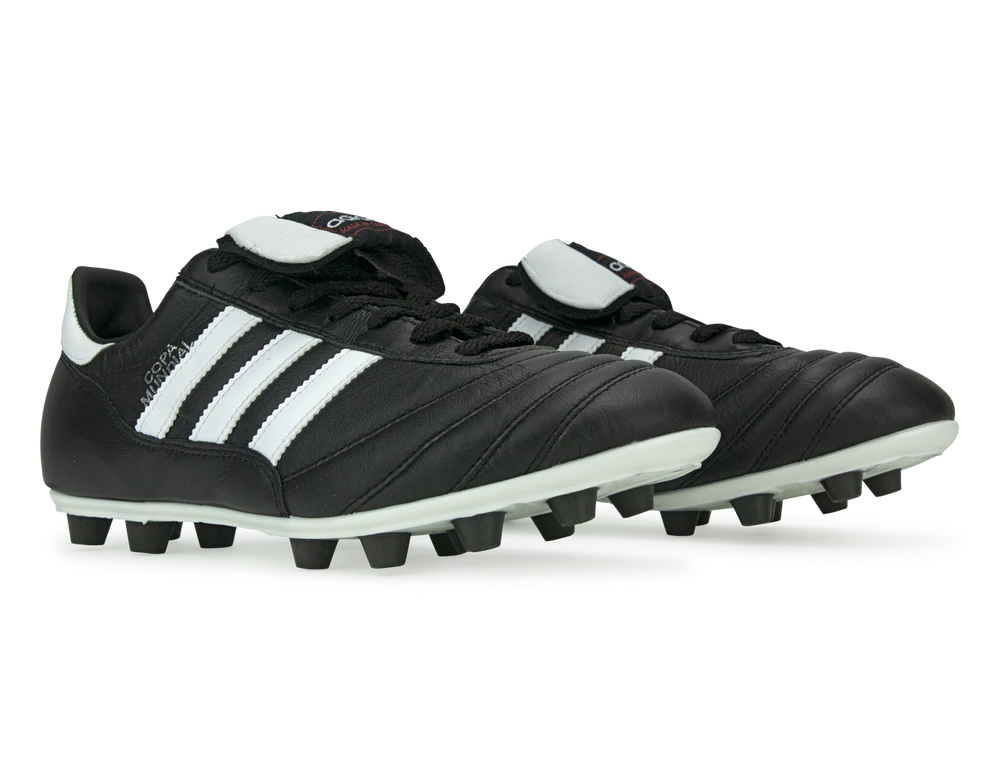HIS 4100 Objectives
Primary
To effectively communicate research findings [on a topic related to the middle class] to a general audience through textual and/or other means, adhering to the standards in the field of history.
Secondary
- Participants should be able to…consider historical thinking skills (how historians approach their research – from initial to final stages)
- Participants should be able to…think critically about how technology shapes our access to and interpretations of the past
- Participants should be able to…identify specific tools for researching, produce, and communicating their research topic
- Participants should be able to…develop their identity as historians
Assigned Textbooks & Readings
- Dubois, Laurent. Soccer Empire: The World Cup and the Future of France. Berkeley: University of California Press, 2010.
- Elsey, Brenda, and Joshua Nadel. Futbolera: A History of Women and Sports in Latin America. Austin: University of Texas Press, 2020. [ASU Bookstore link]
- Foer, Franklin. How Soccer Explains the World: An Unlikely Theory of Globalization. Reprint Edition. New York: Harper Perennial, 2010. [Available via ASU Bookstore, plus e-copy via JSTOR]
- Kittleson, Roger. The Country of Football: Soccer and the Making of Modern Brazil. Berkeley: University of California Press, 2014.

- All assigned textbooks will be on course reserve at ASU’s Anne Belk Library, and listed at the ASU Bookstore’s Adoption page.
- Course textbooks & other books for possible research projects are accessible via the HIS 4100 (FIFA World Cup) Amazon list
- Other course readings will be set aside at the library on course reserve, or available through online databases.
For “go to” books on writing theses and papers in the field of history, see:
GRADING
HIS 4100 — FIFA World Cup: Soccer & Global History — follows the standard grading scale used at Appalachian State University (A, A-, B+, B, B-, C+, C, C-, D+, D, D-, F). However, students must earn a “C” or higher to meet the Senior Seminar requirement in the major. As a result, earning a “C-,” “D+,” “D,” or “D-” will require a student to retake HIS 4100—even if these are considered passing grades
» In the event of a return to COVID policies at ASU: please keep up to date with the latest university updates on grading and course policy modifications by visiting the ASU Registrar’s Covid Updates page.
GRADE DESCRIPTIONS
- A/A- Superior Work
- B+ to B- Above-Average Work (Some Room for Improvement)
- C+ to C Acceptable Work (Room for Improvement) • History majors must receive a “C” or higher to fulfill HIS 4100 reqs.
- C- to D Below Average Work (Significant Room for Improvement) • This is a passing grade but will require you to re-take HIS 4100 to fulfill department reqs.
- F Unacceptable Work
ASSIGNMENTS
| Assignment | First Draft | Final Draft | Points |
|---|---|---|---|
| Final Paper | 15 | ||
| Paper Items: annotated bibliography, research plans, lists of primary and secondary sources, thesis | √ | √ (revised if needed) | 15 |
| Book Review (Futbolera) | X | √ | 15 |
| Research Presentation | X | √ | |
| X | √ (Extra Credit) | ||
| Zotero Notes (DuBois & Kittleson) | X | √ (2 posts, 5 pts. each) | |
| * Engagement | X | √ (up to 26 class meetings) | — |
| TOTAL | 100 |
HIS 4100 Paper Rubric
The document embedded and linked below is the rubric all HIS 4100 instructors use to assess final papers. Instructors use this form to inform students of their final paper’s score, and then report *some* of the scores – anonymously – to the History Department for self-assessment, planning, and data collection. In other words, if your paper is randomly selected, your name will not be shared. Contact Dr. Sibaja if you have any questions.
Women’s World Cup Logos: 1991 to the present
